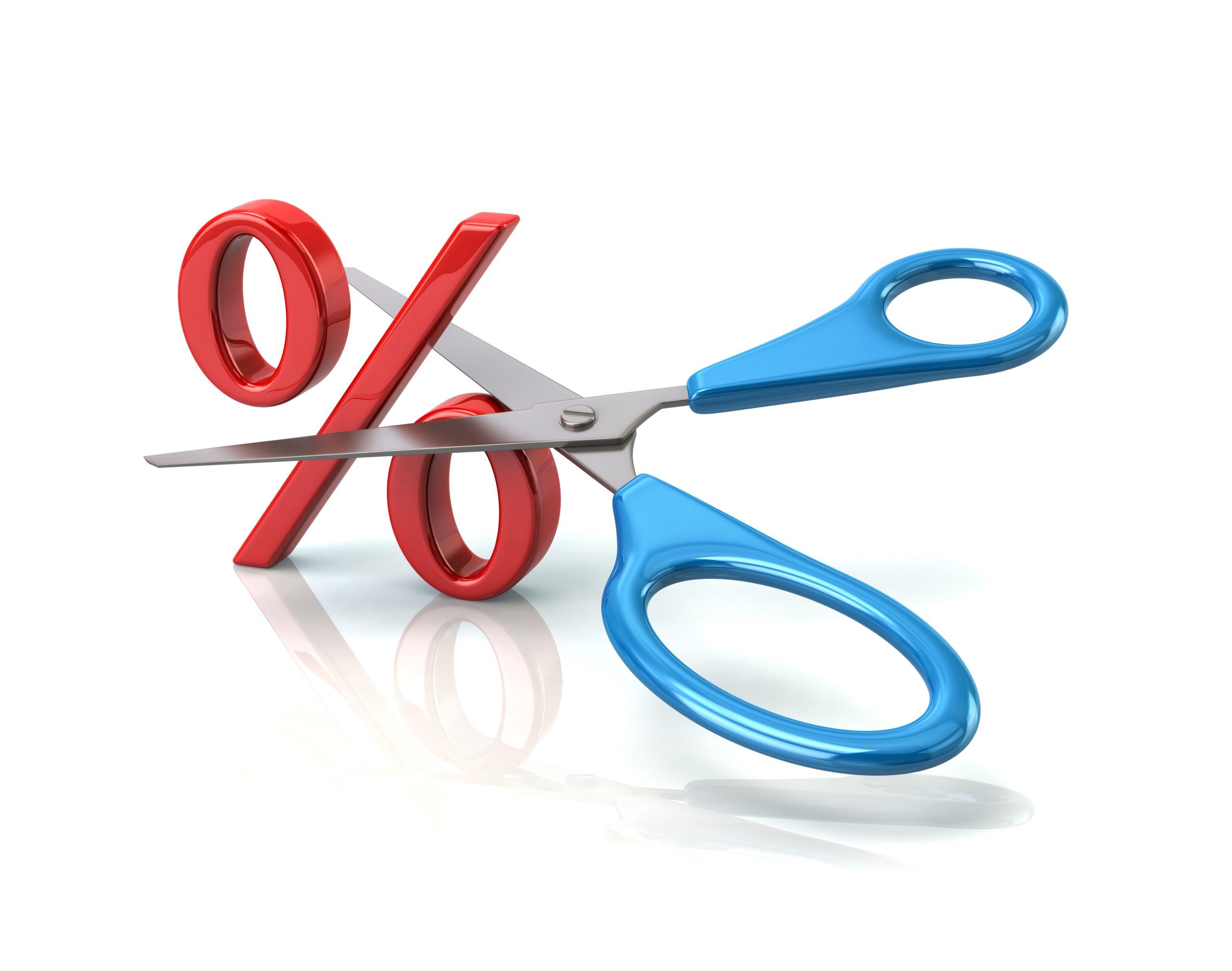News
Mortgage rates continue to stabilise with ‘significant’ cuts on way – Rightmove

Mortgage rates have continued their downward trajectory but more significant rate cuts could be on the horizon as the base rate is expected to near its peak.
According to the latest Rightmove figures, the average five-year fixed rate is 5.67 per cent, an increase from 4.16 per cent a year ago.
The average two-year fixed rate is 6.24 per cent, up from 4.21 per cent in the same period last year.
At 60 per cent loan to value (LTV) the average two-year fixed rate is 5.92 per cent, and the lowest rate was 5.64 per cent.
The average five-year fixed rate at the same LTV is 5.31 per cent, with the lowest rate coming to 5.09 per cent.
Going up a tier to 75 per cent LTV, the average two-year fixed rate is 6.08 per cent and the lowest rate is 5.69 per cent and the average five-year fixed rate is priced at 5.51 per cent with the lowest at 5.09 per cent.

Are you up to date with the latest vulnerability requirements?
Sponsored by Halifax Intermediaries
Within 85 per cent LTV, the average two-year fixed rate is 6.29 per cent and the smallest rate pegged at 5.94 per cent. The average five-year fixed rate is 5.73 per cent and the lowest rate is 5.24 per cent.
At 90 per cent LTV, the average two-year fixed rate is 6.46 per cent and the lowest rate is 6.18 per cent. The average five-year fixed rate comes to 5.84 per cent and the smallest rate is 5.4 per cent.
Within the 95 per cent LTV tier, the average rate is 6.6 per cent and the lowest rate is 6.24 per cent and the average five-year fixed rate is 5.97 per cent with the lowest at 5.69 per cent.
The average monthly mortgage payment on a typical first-time buyer type property when taking out an average five-year fixed, 85 per cent LTV mortgage, is now £1,193 per month, up from £1,019 per month a year ago.
Rightmove’s mortgage expert Matt Smith said: “There’s a widely held view that the base rate is now nearing its peak which led to a fall in swap rates falling towards the end of last week, and this could mean we see lenders make more significant mortgage rate cuts in the next few weeks.
“Swap rates have also responded reasonably positively to today’s unemployment figures and pay growth data.”
He added: “All eyes will now look to the upcoming inflation figures, which are likely to have an impact on the next Bank of England base rate decision. As long as the news is in line with market expectations, it’s possible that rate reductions will start to gather pace, and we could see sub-five per cent rates return to the market for the first time since the end of June.”

